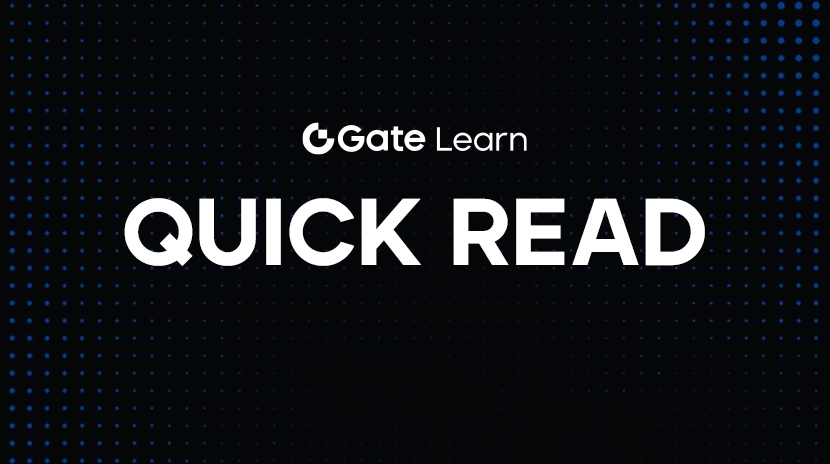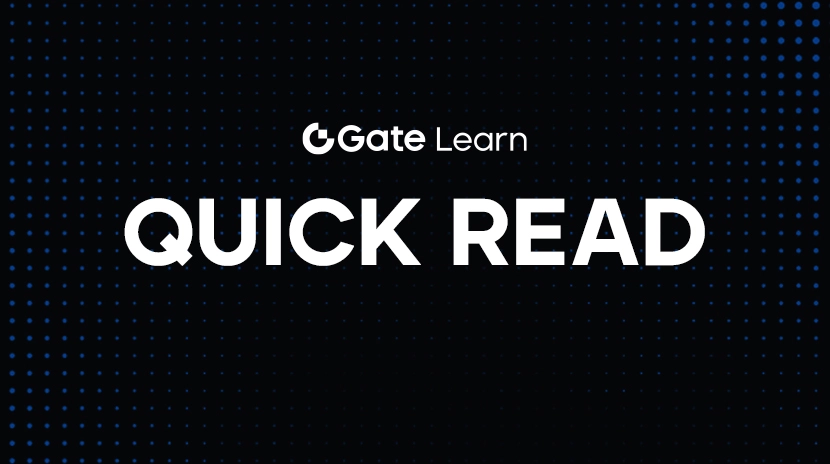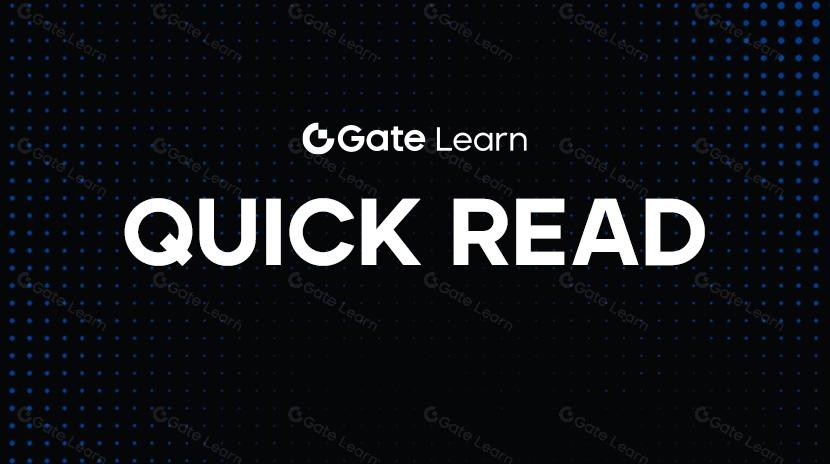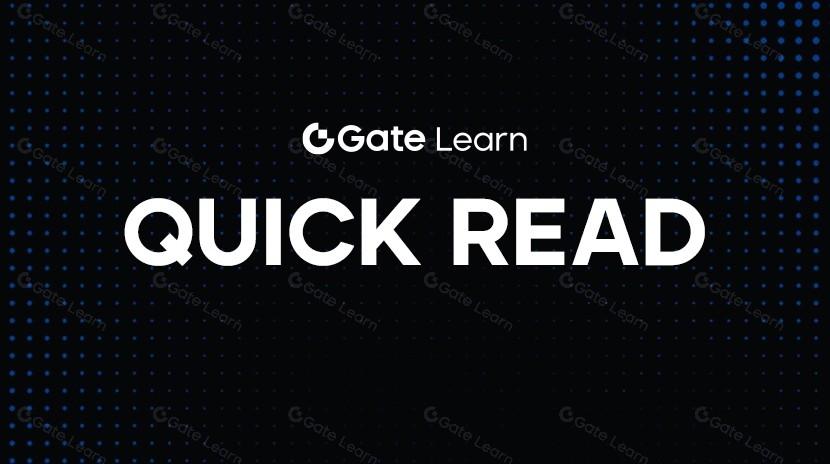EIL: Ethereum’s Interop Layer Returning Multi-Chain UX to a Single-Chain Feel
Ethereum Interop Layer: Bringing Back the Seamless Single-Ethereum Experience

(Source: blog.ethereum)
With rollups leading Ethereum’s scaling, performance is no longer the primary challenge. L2 networks like Arbitrum, Optimism, Base, Scroll, and Linea have dramatically reduced gas fees and increased transactions per second (TPS). Yet, user experience has become fragmented as the ecosystem becomes increasingly multi-chain.
To overcome this system-wide UX barrier, the Ethereum Foundation introduced the Ethereum Interop Layer (EIL). By building native interoperability, EIL aims to unify user interactions with L2s. This allows the entire multi-chain ecosystem to feel as seamless as using a single Ethereum chain.
Ethereum’s Current Bottlenecks
L2 adoption has solved many technical constraints, but has led to a counterintuitive outcome: even identical tokens are now scattered across different rollups.
Users today face challenges such as:
- Assets split into multiple versions across different chains
- Wallets and DApps needing separate integration for each chain
- Heavy dependence on third-party bridges
- The need to understand distinct chain logic just to complete a transaction
Ethereum has shifted from a single chain to dozens of interconnected chains. While performance is up, the user experience has become increasingly fragmented.
EIL: Turning Cross-L2 Operations Into a Single Step
EIL’s vision is straightforward: users shouldn’t need to learn about cross-chain operations—wallets handle it seamlessly. Powered by ERC-4337 account abstraction and on-chain verification, EIL removes the need for centralized services or additional trust models. Key features include:
- Enabling cross-rollup actions with a single signature
- No reliance on bridges, solvers, or outside relayers
- All logic validated on-chain and within the wallet
- Maintaining Ethereum’s native security standards
Users take one action, and the system automatically executes cross-chain transactions—no extra trust is required, and all processes remain transparent and verifiable.
Wallets: The New Entry Point to Ethereum
If EIL becomes reality, wallets will evolve from single-chain tools into true multi-chain browsers. Users won’t have to think about which chain they’re using—they’ll just focus on what they want to do. For example:
1. Cross-chain transfers
Alice holds USDC on Arbitrum, Bob is on Base. The user simply clicks send, and the wallet manages the cross-chain transfer.
2. Cross-chain NFT minting
Regardless of which L2 holds the funds, the wallet automatically aggregates assets and mints the NFT on Linea.
3. Cross-chain swaps
If Optimism offers the best liquidity, the wallet transfers from Arbitrum and executes the trade.
Users no longer need to manage multiple chains. Instead, they return to a single, intuitive transaction flow—a core shift from chain-centric to transaction-centric experiences.
Security Without Compromise
Better UX should never require more trust. EIL upholds self-custody, decentralization, and on-chain verifiable logic, while removing reliance on centralized bridges. It minimizes trust boundaries and ensures all critical logic can be validated by code, not third parties.
Fostering a Collaborative Multi-Chain Ecosystem
EIL’s impact reaches beyond technology, redefining integration across the Ethereum ecosystem:
- Wallets support multiple chains natively—no need for per-chain development
- New rollups are compatible by default, with zero extra integration
- DApps no longer require separate cross-chain modules
- Users can access the full Ethereum ecosystem with minimal effort
This is not just a unified interface—it restores the consistent experience of a single-ecosystem Ethereum.
Conclusion
Rollup scaling has rapidly advanced Ethereum’s performance, but the fragmented experience of multiple parallel chains remains the ecosystem’s top UX challenge. The Ethereum Interop Layer (EIL) isn’t a new chain or a bridging solution—it’s a native interoperability layer that makes cross-L2 actions as intuitive as a single transaction. EIL also preserves decentralization and on-chain trust, ensuring security is never sacrificed for convenience. In the future, users will simply open their wallet and experience Ethereum’s multi-chain world as unified, transparent, and seamless—marking a key milestone in the evolution of Ethereum user experience.
Related Articles

Pi Coin Transaction Guide: How to Transfer to Gate.io

Flare Crypto Explained: What Is Flare Network and Why It Matters in 2025

How to Use a Crypto Whale Tracker: Top Tool Recommendation for 2025 to Follow Whale Moves

2025 BTC Price Prediction: BTC Trend Forecast Based on Technical and Macroeconomic Data

What is N2: An AI-Driven Layer 2 Solution
